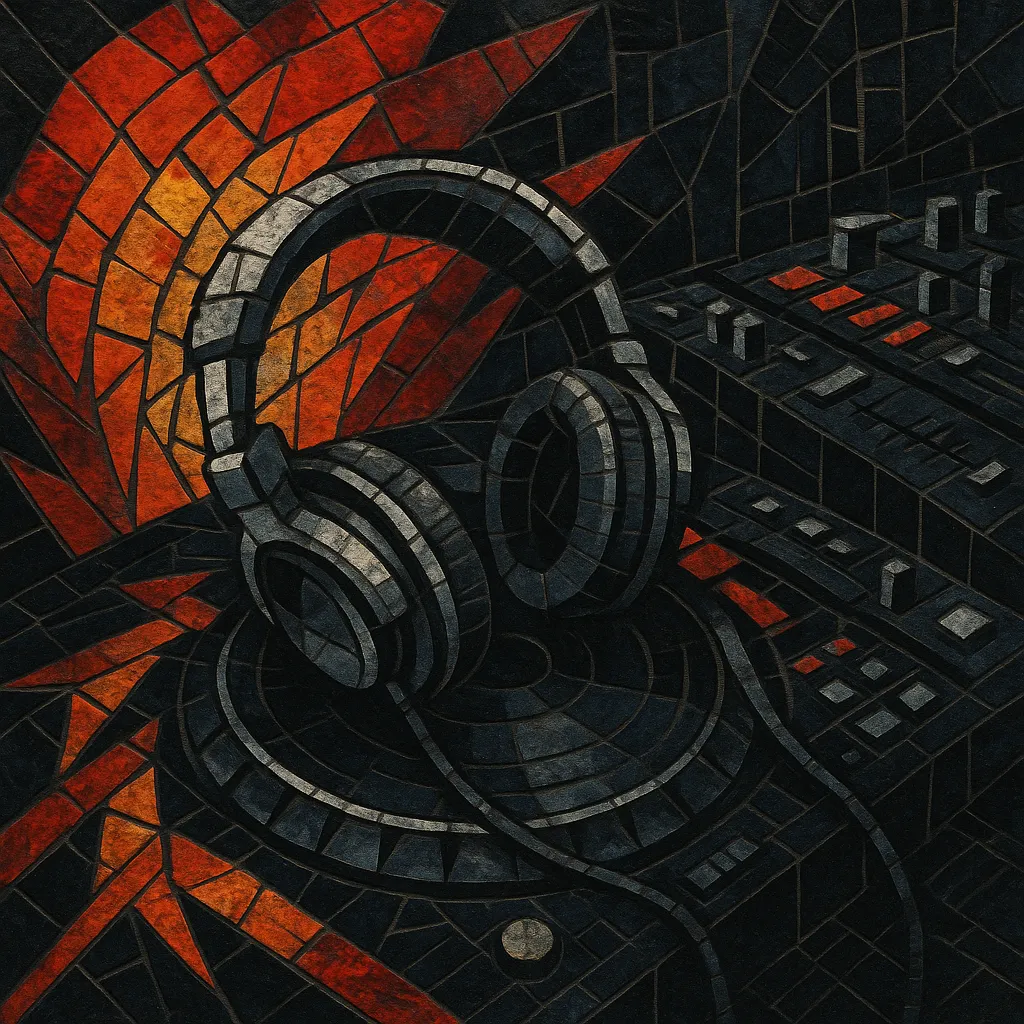Hard beat is a driving, club-focused strain of UK hard dance that emphasizes tough, percussive grooves, punchy kick drums, and syncopated, machine-like rhythms. It bridges the chugging energy of hard house with the metallic sheen of techno and the dramatic, build‑and‑release architecture of hard trance.
Tracks are typically fast (around 135–150 BPM), quantized and relentless, with off‑beat basslines, hoover or stab riffs, acid flickers, and snare‑roll risers leading into explosive drops. Vocals, when present, are used sparsely—often as shouted hooks or processed phrases—keeping the focus on rhythm, tension, and dancefloor impact.
Hard beat took shape in the UK as club DJs and producers sought something more forceful than mainstream house but more groove‑driven than rave hardcore. Drawing on the tough kicks and synthetic stabs of techno, the chug of hard house, the acidic bite of 303 lines from acid house, and the moody weight of Belgian new beat, producers refined a style built for long, energetic DJ sets.
Specialist labels and party brands—most notably Tidy Trax, Nukleuz, Tripoli Trax, and Frantic‑associated nights—became hubs where the sound’s identity solidified. Tidy’s “Hard Beat EP” series helped codify a template: chunky 4/4 propulsion, percussive fills, and dramatic breakdowns engineered for maximal floor reaction.
By the late 1990s, hard beat was a fixture of UK superclubs and dedicated hard dance events. Producers streamlined arrangements for DJ utility—extended intros/outros, mix‑friendly phrasing, and clearly signposted drops—while pushing sound design (hoovers, gated riffs, metallic hits) and tempo upward. As the 2000s progressed, elements of hard beat fed into harder European styles, intersecting with hard trance and, indirectly, with the emergent hardstyle scene.
Though often grouped under the broader banner of hard house/hard dance, hard beat left a distinct mark: a percussive, jackhammering aesthetic that informed UK bounce/donk and helped hardstyle’s early rhythmic vocabulary tilt toward heavy, off‑beat bass drive. Its DJ‑centric ethos—groove first, theatrics second—continues to echo in modern hard dance and retro‑leaning club sets.


